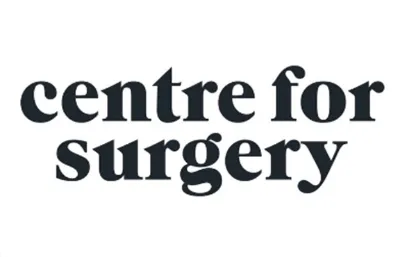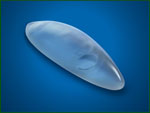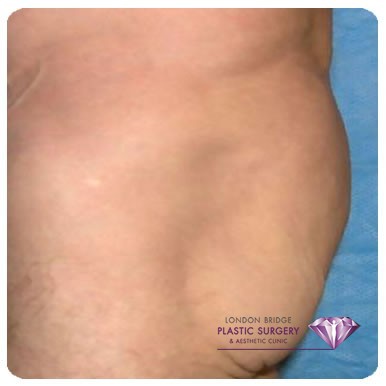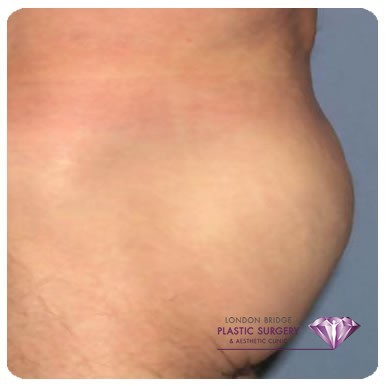In your first discussion with a practitioner, you should explain what you expect from the procedure and how you would like to look afterwards. He or she should tell you exactly what will be involved, and discuss any potential complications and the recovery process following any operation. He should also tell you whether he can achieve the results you desire.
A medical history should be taken by the practitioner to make sure that there are no reasons why you shouldn’t have an implant. Once this is established, you would normally be asked to read detailed information and sign a consent form, which means that you have understood the potential benefits and risks associated with the procedure.
Photographs may also be taken by the practitioner for use as a “before and after” comparison at a later date.
Anaesthesia
Local anaesthetic injections, along with a mild sedative to make you drowsy, may be used, or a full general anaesthetic may be recommended by your surgeon.
As in any surgical procedure, the use of a general anaesthetic carries a small additional risk, which your practitioner will discuss with you. No form of anaesthetic will be given to you without your surgeon discussing it with you first.
The operation
Male chest implants are usually performed in an outpatient surgical centre. This can either be operated by your surgeon separately or be part of a hospital. The operation may take from 1 – 2 hours to perform.
Procedures vary depending upon the surgeon and implant used, but as a guide you may expect the following…
Surgeons most often begin pectoral implant surgery by making a small cut in the armpit, and then inserting the implant endoscopically. Endoscopic surgery involves using a thin tube with a very small camera on the end in order to guide the doctor through the patient’s body with a great amount of precision. This method reduces the size of the cut needed as well as bleeding. Non-endoscopic methods are sometimes preferred, however.
Following the path of the incision, the surgeon places the implants under the pectoral muscle. The incisions are then stitched and the surgery is complete. The implants are held in place by the overlying chest muscle or by stitches that are temporarily visible through the skin. Occasionally temporary drain tubes are also inserted to help remove any excess blood and fluid.
The implants are usually made of solid silicone which is a soft and flexible material (similar to that used for sports mouth guards). These are different from the breast implants used in women which contain silicone gel. There is no danger of male pectoral implants bursting or leaking.
Repeat procedure
No repeat procedure is required for synthetic implants as their effect is permanent and the implants are designed to last a lifetime. Unless serious complications occur, no more surgery is usually required.












